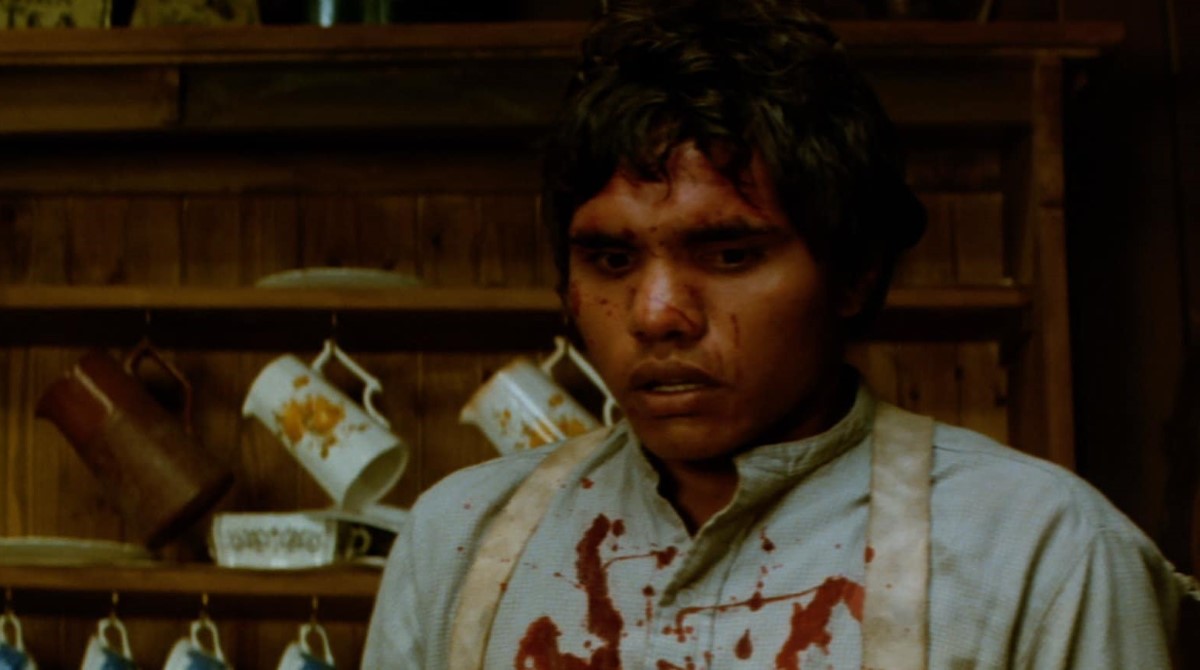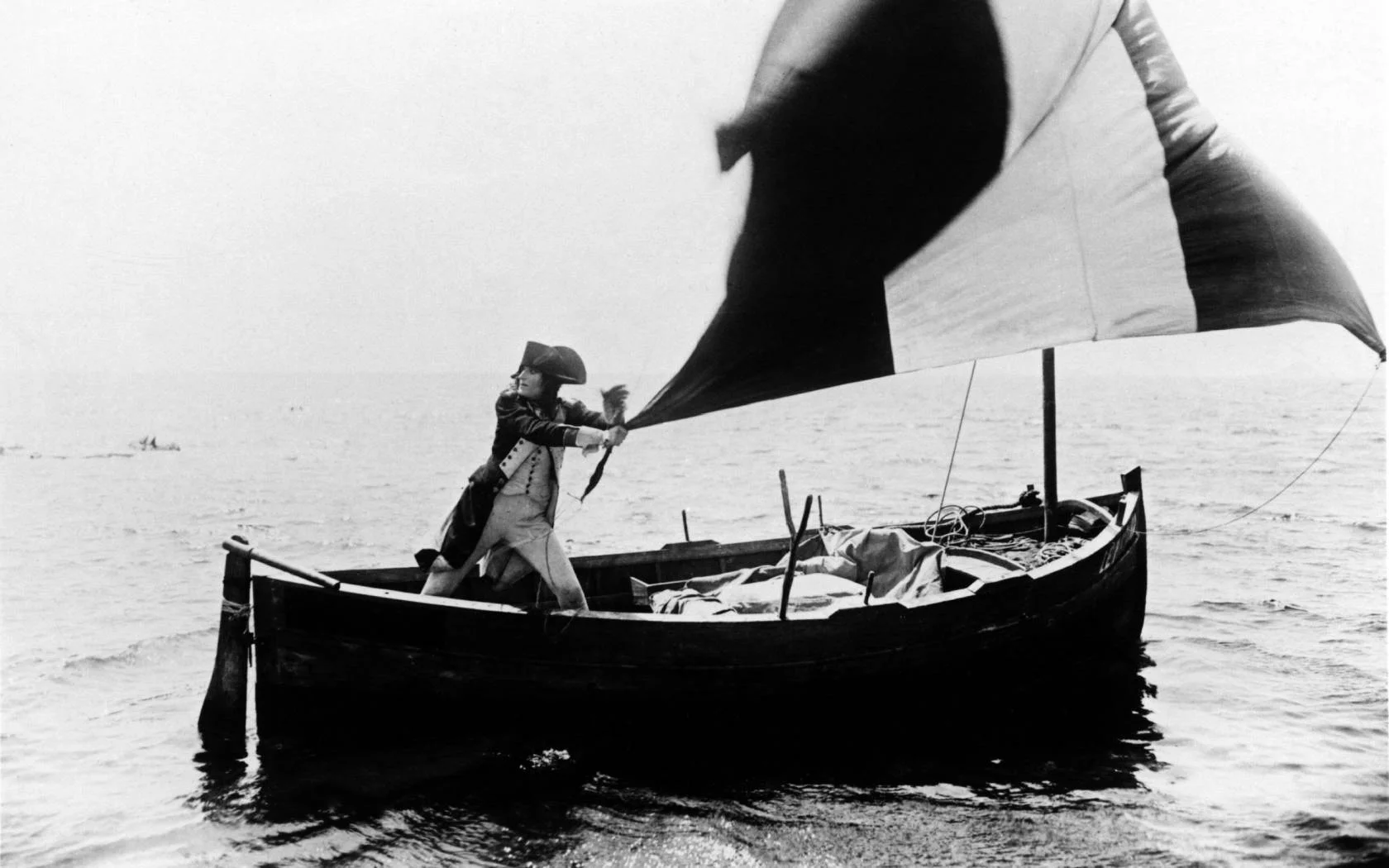by Pauline Kael
In the prologue of Dangerous Liaisons, the Marquise de Merteuil (Glenn Close) and the Vicomte de Valmont (John Malkovich) are in their homes, with fleets of servants preparing them for the start of their daily social engagements. And as they’re massaged and are given their facials and are made up and dressed and bejewelled it’s as if they were being readied for a play—or a war. It’s a wonderfully shrewd opening. The director, Stephen Frears, and the screenwriter, Christopher Hampton, who reworked his theatrical version of the Choderlos de Laclos novel Les Liaisons Dangereuses, take us right into a world of artifice—the customs and pleasures of French aristocrats in the late seventeen- seventies—and keep us so close to these people that we can examine their lace and their wigs and their skins. The novel, which was originally published in Paris in 1782, condemned in court in 1824, publicly burned, and banned for the rest of the nineteenth century, has a tone and a texture unlike those of any other novel. Written in the form of highly confidential letters, it is principally about the erotic power games played by the Marquise and Valmont, who were once lovers but are now allies and co-conspirators. Laclos, an artillery officer who eventually, under Napoleon, rose to be a general, shows these two aristocrats planning sexual conquests with the cunning and deviousness of military masters, and with far more cruelty, since their victims don’t know that they have been made pawns in a campaign. The implication is that the depraved pair stand for their class (and for what after 1789 was to be known as the ancien regime). The success of the movie is that in taking you so far into this systematic debauchery it gets you to feel the emotions under the clever, petty calculations. (It’s like uncovering the carnal roots of chess.) By the end, the artificiality has dissolved and something forceful and shocking has taken over.
All along, you see the duplicitousness under the Marquise’s wholesome, open-faced, pink-and-creamy exterior. That’s what gives the material its comic austerity: you see what’s under her farm-fresh smile, you know the heart that beats under her charmingly freckled bosom. Lighted by the marvelous cinematographer Philippe Rousselot {Diva, Hope and Glory), she looks as “natural” as a Fragonard. But she’s playacting when she makes herself the sympathetic confidante of the conventional-minded ladies of her circle; she feels utter contempt for them, and she twists and turns them to her purposes. The storytelling isn’t clear enough at the start: it glides over the plan the Marquise outlines to Valmont. A recent lover who has deserted her is going to marry a rich virgin, the fifteen-year-old, convent-trained C6cile (Uma Thurman); to get back at him, the Marquise has hatched the idea that Valmont should seduce the girl. But Valmont isn’t stimulated by the suggestion; he thinks the defloration so easy that it’s unworthy of his talents. He takes Cecile on, but only as secondary to a more prestigious target he has chosen for himself: a devout young married woman who’s a citadel of virtue—Mme. de Tourvel (Michelle Pfeiffer). Somehow, the Marquise’s request of Valmont and the matter of their former relationship and current alliance aren’t sufficiently weighted, and you’re not fully drawn in; for a long time, you watch the movie as if it were a charmingly wicked marionette show. And that’s how you watch it even after everything is lucid and you begin to be fascinated. The Marquise has a grandeur in her manipulativeness: she ruthlessly sets about destroying C£cile, whose mother (Swoosie Kurtz) is her close friend. The girl herself adores her; to the Marquise, this is simply an advantage to be used—she’ll use anything to get back at the lover who rejected her.
There are times when the Marquise—a happy widow— sounds much like a modern, “liberated” woman. This is basically faithful to Laclos, who reads like a feminist if you don’t pick up the nuances. Here is a passage from Letter 152, in which the Marquise reprimands Valmont for his “connubial” manner with her: “Do you know, Vicomte, why I never married again? It was certainly not for lack of advantageous matches: it was solely so that no one should have the right to object to anything I might do. It was not even for fear that I might no longer be able to have my way, for I should always have succeeded in that in the end: but I should have found it irksome if anyone had had so much as a right to complain. In short, I wished to lie only when I wanted to, not when I had to.” In both novel and movie, the Marquise is liberated to lie and scheme, and her primary motive is vicious, vengeful jealousy. At the start, she wants to pay back the lover who prefers a virgin; near the end, she wants to destroy Valmont, because he has fallen in love with the pious prude he set out to amuse himself with. When he describes his ecstasy in bed with Mme. de Tourvel, the Marquise recognizes that he’s in love, and the color drains from her face; she’s a victim of her feelings, like the men and women she despises for their weakness. She’s enraged; she feels left out.
The Marquise is actually the opposite of liberated: she is one of the most formidable examples of hell-hath-no-fury- like-a-woman-scorned in all literature. Childless, of course, she’s woman the destroyer, and, despite her reserve and her control, and her superficial rationality, she pulls the lowest kind of “feminine” treachery: she cancels the game she has going with Valmont after he has won, and pins the blame on him. She’s a power-hungry, castrating female as conceived by an eighteenth-century male writer. She’s also a great character, in the way that Richard III is great. She’s polished in her savagery, and the straight-backed Glenn Close, looking matriarchal and pure (even her teeth are perfect), gives a smooth performance that is by far her best work onscreen. She may lack the ravaged intensity that Jeanne Moreau brought to the role in the 1959 modern-dress version by Roger Vadim, and she’s rather bland (though less so in the second half), but she has terrific bearing, and her arch Marquise, with her immaculate simulation of propriety, provides a balance to Malkovich’s outre Valmont.
Malkovich takes a little getting used to, because of his furtive eyes, his pursed lips, his slight speech impediment (is it a lisp?), and his little moues. Though he wears a powdered wig, he’s weirdly far from the conventional movie image of a French nobleman of the pre-Revolutionary period. Some reptilian men are very successful sexually, but reptilian and fey make an odd combination. Still, off-putting as the casting of Malkovich is, it works cumulatively—even triumphantly. He brings the movie a clowning wit; this Valmont is a cutup and a boudoir farceur. (He uses a trace of effeminacy as an all-purpose lubricant for a tricky gesture or line reading.) And when his dark hair is long and loose it seems to propel him sexually; it helps you make sense of his conquests. When Gerard Philipe played the role, in the Vadim version, he was near death, and he didn’t suggest the energy that Valmont requires, but he still had remnants of angelic good looks, and that helped explain women’s attraction to him. (It’s generally assumed that angelic-looking men can get away with plenty—that that’s how the devil fools us.) With Malkovich in the role, Valmont’s warped soul is on the outside. Yet Malkovich gives you the sense that Valmont is a priapic freak, and the movie needs that. The Vicomte is the freak who grows into a romantic. (Once he does, he’s no good to the Marquise.) And, maybe because this Valmont’s depravity is on the surface, along with his mocking humor, he’s likable—he’s funny, and his swinishness is fascinating. You can see before the Marquise does that he’s in love with the serious-minded bourgeoise. And you can see that he’s foolish enough, and vain enough, to try to live up to what the Marquise expects of him, in order to be thought irreproachably heartless. (He has a left-handed sense of honor.)
As Mme. de Tourvel, who clings to her conception of honor, the paradisially beautiful Michelle Pfeiffer is caught in frightened closeups. Stiff in her tight bodice and her crisp bonnets, this modest little wife, generous and philanthropic, seems almost plain. But when passion hits her it overpowers her. Her face is damp; she’s sweaty—Valmont has set her on fire. And when he rejects her brutally (he just flat out lets her have it), and she breaks down crying, she’s helplessly human, a real person caught in a maze of deception. This is when the movie comes together. Mme. de Tourvel’s suffering cuts through the decorative formality; suddenly, the marionettes have blood in their veins. The comedy goes out of the game, and the viewer may feel slightly stunned at the impact the movie begins to have. Mme. de Tourvel’s collapse is what all that choice cruelty was pointing toward. The transition is so affecting partly because of the traplike construction of the story and partly because Pfeiffer’s performance is very simple—it feels true. She makes it totally convincing that the rake Valmont would experience ecstasy while releasing Mme. de Tourvel from her Puritan timidity, yet would be afraid of being laughed at for loving this woman from a different class—a woman without guile or wit.
From then on, everything that happens—and it happens bam, bam, bam—seems part of an unstoppable chain of events. Frears might almost be letting the story tell itself as he moves right through the Marquise’s declaration of war, the casualties that follow, and on to the hooting scene (described in Letter 173). Frears’ technique is remarkably unaffected. Using American actors (instead of following the Hollywood tradition of casting British actors as French aristocrats) gives the film a directness, an emotional immediacy. (Mildred Natwick is admirably straightforward as Valmont’s aged aunt.) So do the speedy, encircling camera movements, and the ravishing closeups, with every facet of the women’s earrings picking up light. This must be one of the least static costume films ever shot. (The play version has eighteen scenes; Hampton says the screenplay has two hundred.) But, then, by the end this doesn’t feel like a costume film: though the locations include several chateaus near Paris, and the clothes are magnificent, Dangerous Liaisons is brisk and unsentimental. There’s a minute of a Gluck opera in the background of two scenes, and when a pause is needed there’s a brief, blissful interlude of singers at a musicale, but the movie has the let’s-get-on-with-it quality that’s Frears’ signature.
Possibly there’s no way to make a picture this fast (it was shot in ten weeks) and achieve something comparable in greatness to the elegant comedy of evil that Laclos left us. There are dismal clinkers in Hampton’s dialogue; he strains to give the Marquise and Valmont witty dialogue to underline their perversity. (He’s saying they’re too clever by half.) And the scenes between the Marquise and Valmont miss out on sensual excitement: you don’t feel an electrical current crackling between them. But the casting is still strong. (It’s clear that the Marquise has poisoned her capacity to love, and that she has no means left to express her feelings for Valmont except by destroying him, the woman he cares for, and herself.) This is a first-rate piece of work by a director who’s daring and agile. The unfussiness of Frears’ approach is tonic. The movie gets at the important things and doesn’t linger over them. It’s heaven—alive in a way that movies of classics rarely are.
The New Yorker, January 9, 1989




